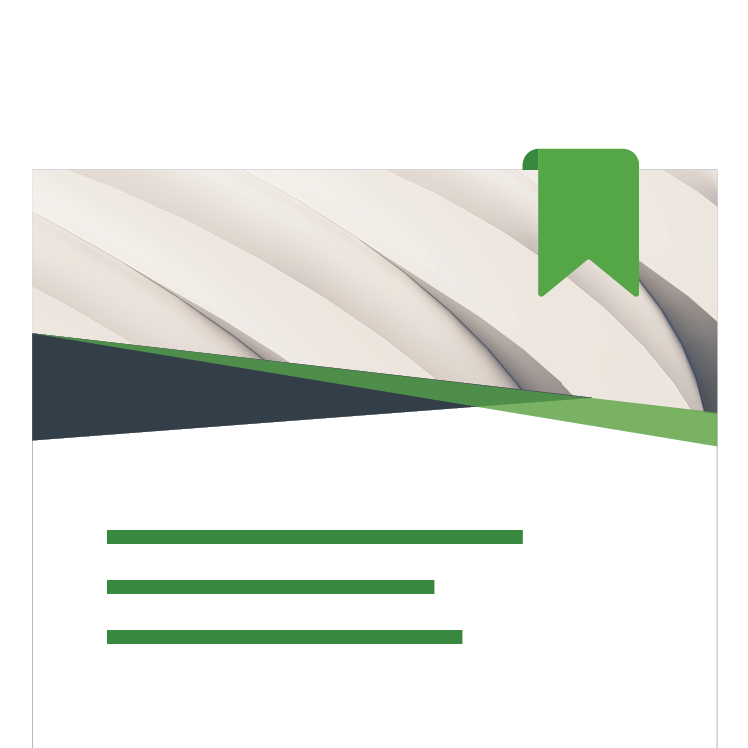The rising cost of capital and its investment implications
Higher real rates may persist for 5 to 10 years. This likely would increase the cost of capital, which in turn could reduce the return advantage for stocks versus bonds, boost prospects for larger companies with high-quality earnings.
- The past era of extraordinary monetary policy, including ultralow interest rates and extensive quantitative easing,1 counterproductively created a disinflationary impulse that weakened bank lending incentives, reduced spending, rewarded financial engineering, and allowed for the misallocation of capital.
- Following the dramatic fiscal response to COVID-19, central banks have been challenged to unwind these policies and tame inflation. The Fed’s focus on demand-side policies has been overwhelmed by supply-side effects.
- If this structural backdrop persists, we expect higher real (inflation-adjusted) rates over the next 5—10 years.
- Higher real rates increase the cost of capital, which we believe will engender a different economic and investment landscape that incentivizes lending, reduces savings rates, encourages retirements, and allows for a more efficient allocation of capital.
- Follow-on effects of a rising cost of capital include diminished profit margins and the culling of unproductive, debt-laden firms.
- Expected investment implications include a smaller performance advantage for equities compared with fixed income, better relative performance by large companies with high quality earnings generation, and greater opportunities to earn excess returns through equity and fixed income security selection.


Quantitative Investing
Find out how a blend of human insight, data, and technology can help uncover opportunity for your clients.
Learn more

Fixed Income: Investment Grade
Get help giving your clients a more competitive edge with our full spectrum of fixed income investments.
Learn more

Domestic Equity
Target your clients’ investment needs with our broad lineup of domestic equity solutions.
Learn more
1. Quantitative easing refers to monetary policy that involves a central bank, such as the U.S Federal Reserve, purchasing securities from the open market.
For important information, see the full linked content.




